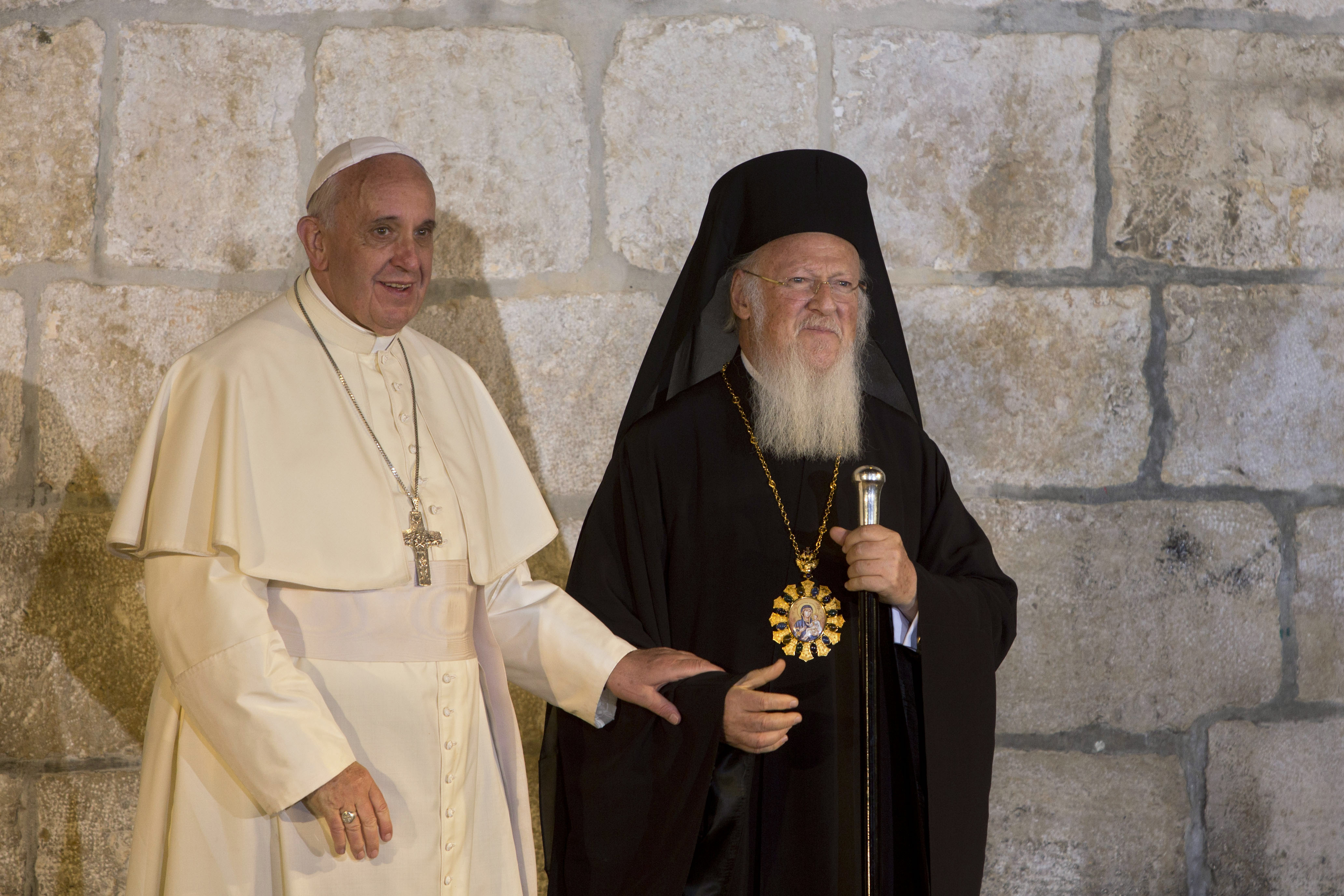


These developments are well represented by the recent contribution to the Routledge Worlds series edited by Daniel King, which is to be recommended to any scholar looking to familiarize themselves with the current state of the field.

Readers will perhaps be aware that the field of Syriac studies has experienced considerable growth in the past several decades, undergoing something of a transformation from an ancillary specialization allied to biblical, patristic and (as it used to be called) oriental studies to become now much more fully integrated into the mainstream of the increasingly interdisciplinary world of late antique studies-to say nothing of increasing interest in Syriac among specialists in the medieval and early modern periods.

Despite its eventual decline in favor of Arabic and other languages in the Islamic period, Syriac experienced an important scholarly renaissance in the 12 th and 13 th centuries, and continues to function as a liturgical language for “eastern Christian” communities across the world. During the Greco-Arabic translation movement in the early ʿAbbāsid period (8 th-9 th cen.), Syriac played an essential role as an intermediary between Greek and Arabic for ancient philosophical, scientific and medical literature. Syriac translation from Greek, especially of biblical, patristic and philosophical literature, was also a prominent feature of late ancient Syriac literary culture, and represents for modern scholars an important source both for lost Greek texts and for early versions of texts otherwise preserved only in much later Greek manuscripts. Syriac writers made many original and significant contributions to Christian theology, hagiography, liturgical poetry, and mystical and ascetic literature, among other genres. During its heyday in late antiquity (3 rd-8 th cen.), Syriac served as a lingua franca for multiple churches across Afro Eurasia, and was used by missionary clergy and Christian diaspora communities from the Horn of Africa to western China and India. Although it first appears in “pagan,” pre-Christian inscriptions, by the 3 rd century Syriac had become closely associated with the spread of Christianity in the eastern provinces of the Roman Empire and in the Sasanian Persian Empire. The Syriac language, a literary dialect of late Aramaic, arose in the 1 st century C.E., probably in the city of Edessa-Urhoy (mod.


 0 kommentar(er)
0 kommentar(er)
